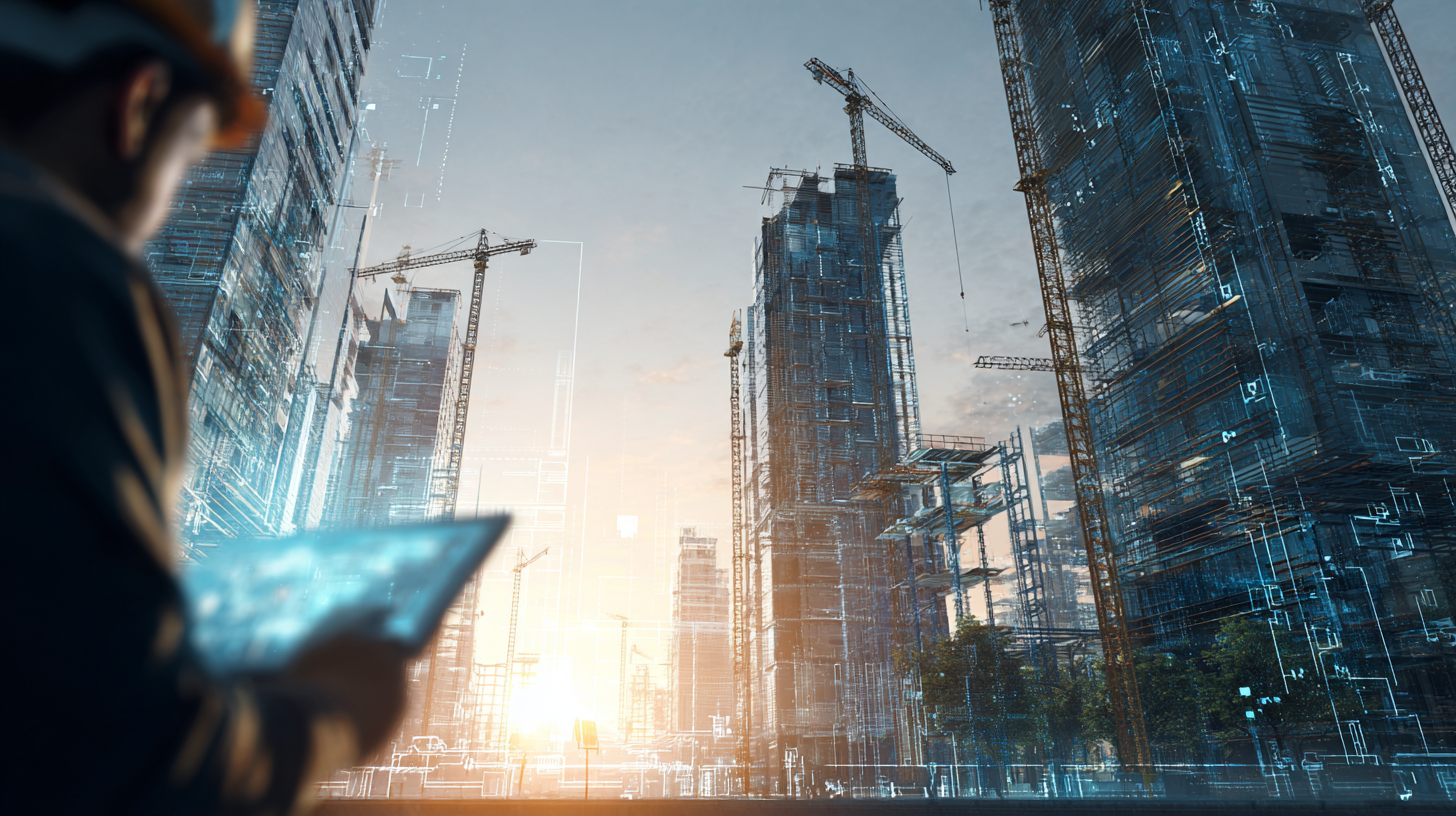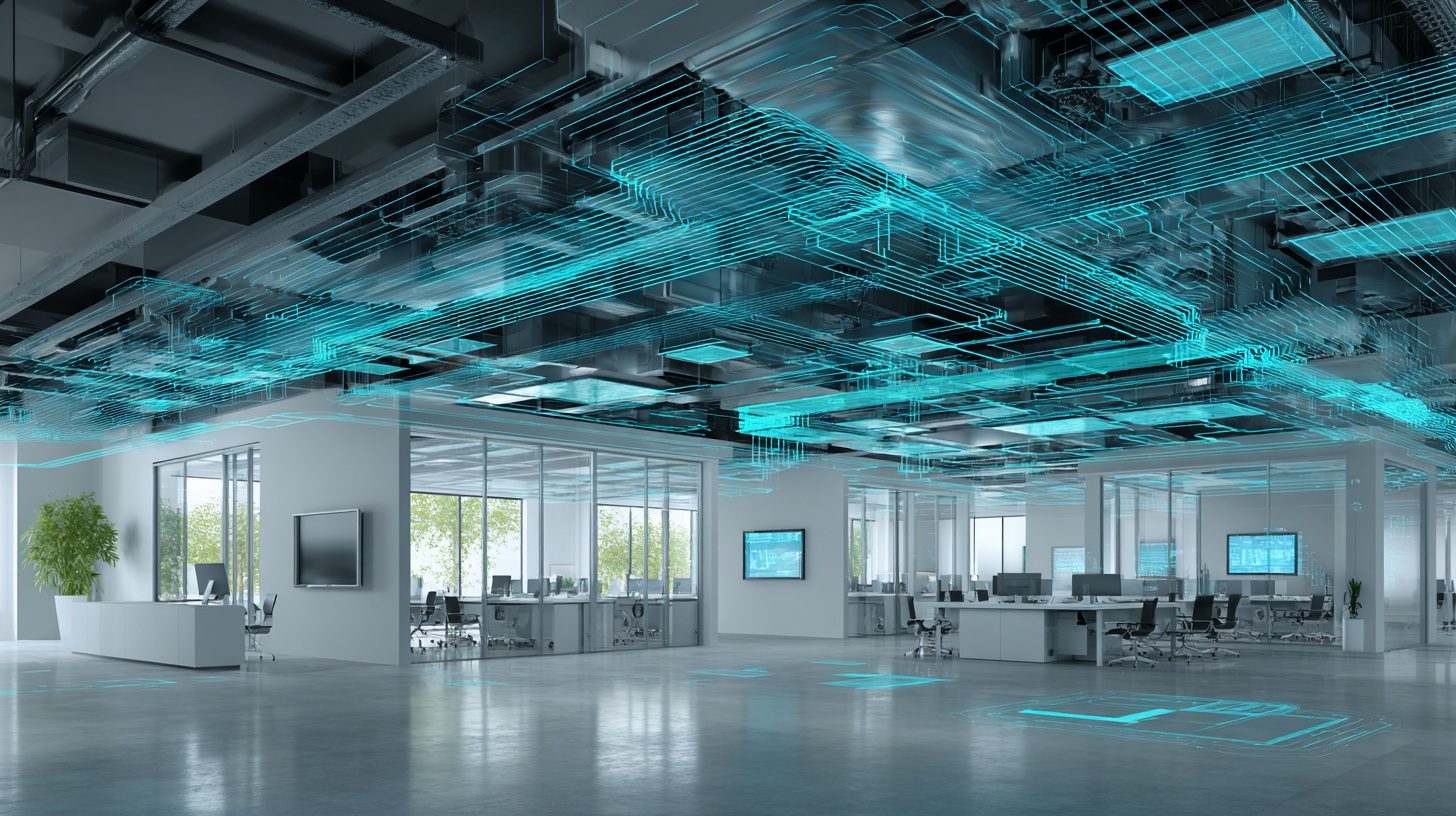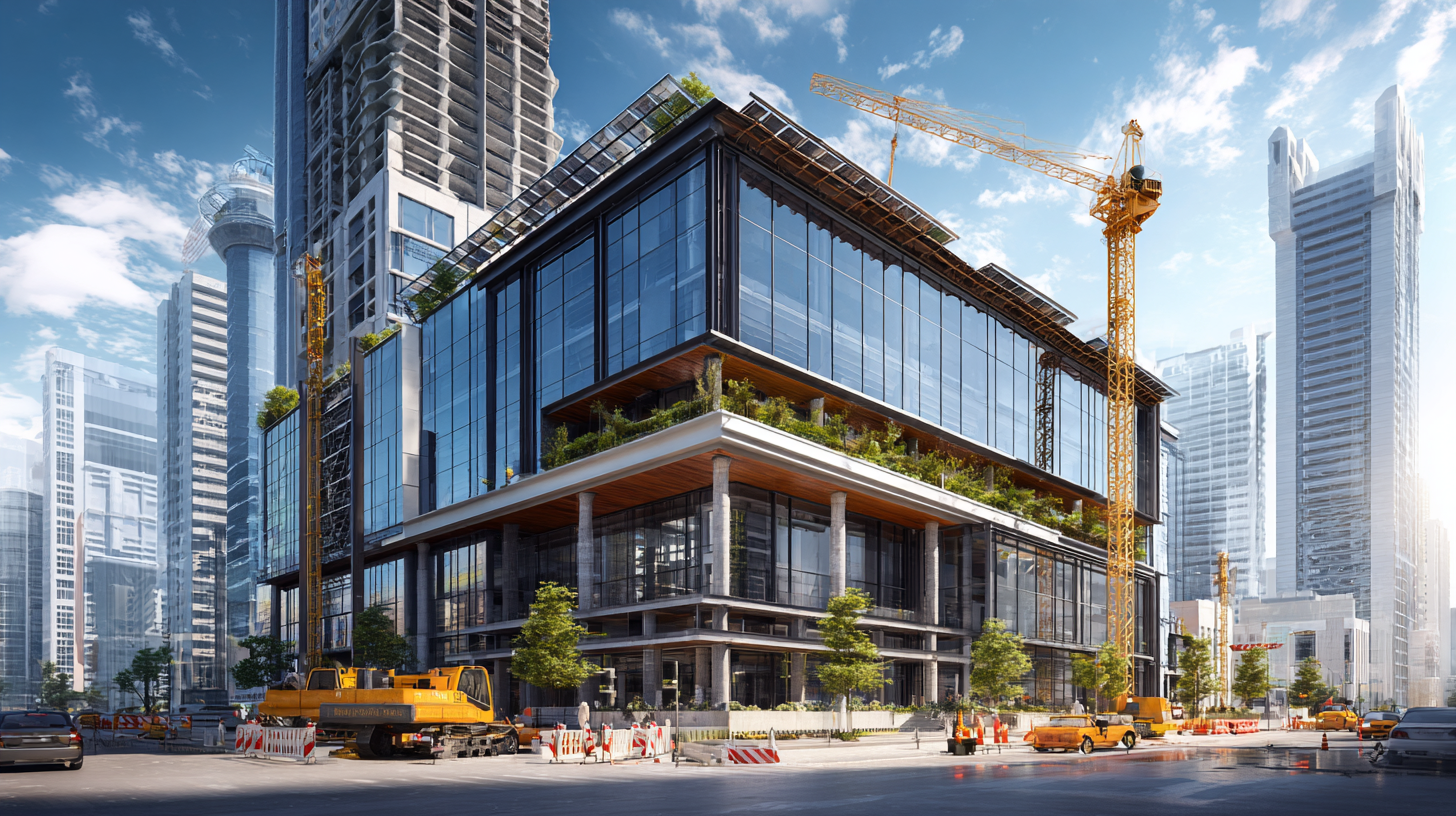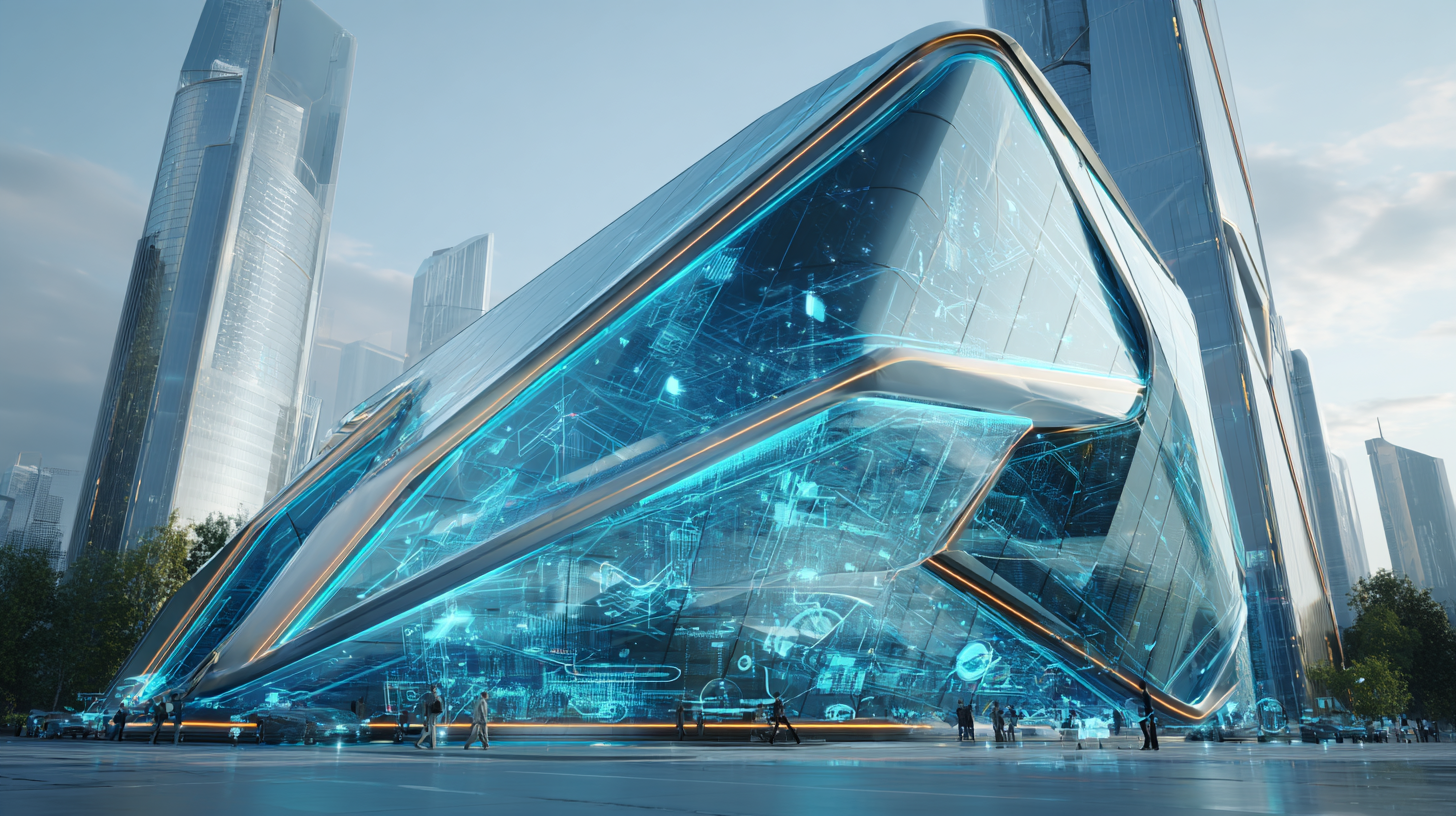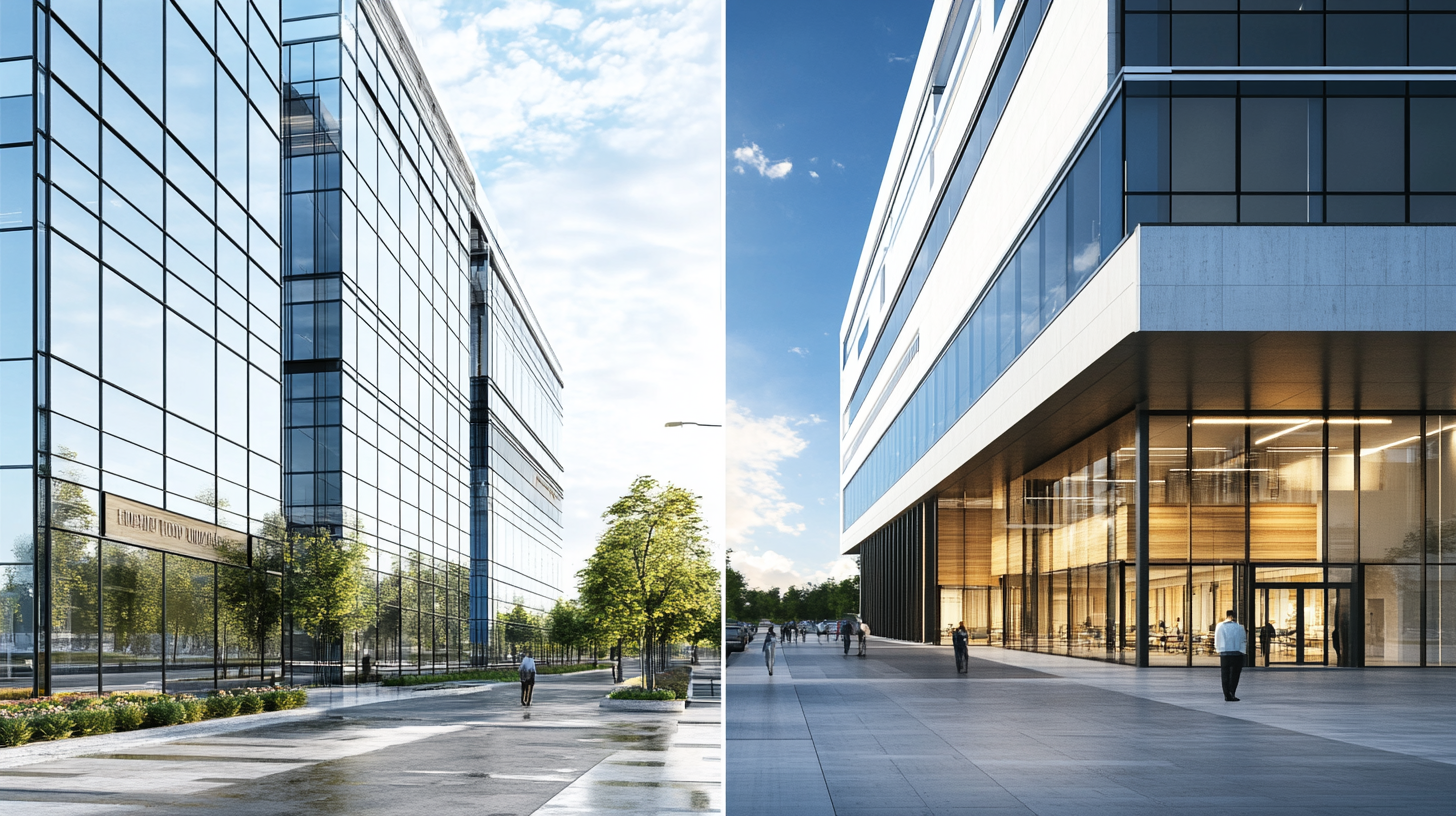
Top 10 House Construction Mistakes That Can Delay Your Dream Home Project
Understanding the difference between commercial building construction and office building construction is crucial for anyone planning a new build, seeking permits, or designing layouts. Many confuse these terms, often using them interchangeably. However, they are distinct in purpose, design, materials, and compliance.
Whether you’re a builder, business owner, architect, or investor, this guide will help you understand these nuances and make well-informed decisions for your construction project.
What Is a Commercial Building?
Commercial buildings are multi-purpose constructions designed to serve public-facing businesses. These buildings house activities like retail, entertainment, hospitality, and more. Here are some examples of commercial buildings:
- Shopping malls and retail outlets
- Restaurants and cafes
- Warehouses and distribution centers
- Theatres and multiplexes
- Hotels, resorts, and service apartments
Commercial spaces are characterized by high foot traffic, public accessibility, and adaptability for various business operations. These constructions often need specialized planning since their purpose heavily influences their design and legal requirements.
What Is an Office Building?
Office buildings, on the other hand, are specifically engineered to support workspaces and administrative activities. These buildings are not meant for public access, and the design focuses on productivity, comfort, and efficiency for employees.
Examples of office buildings include:
- Corporate headquarters
- Multinational tech parks
- Small businesses within coworking spaces
- Government offices
Office buildings prioritize team collaboration, private workspaces, and meeting areas, offering centralized utilities like HVAC systems to enhance work environments.
Key Differences Between Commercial and Office Building Construction
Understanding the distinctions between commercial vs office buildings is critical when embarking on a construction project. Here’s a detailed comparison across various factors:
Purpose and Use
- Commercial Building: Retail spaces, entertainment hubs, service centers, and warehouses catering to customer-facing operations.
- Office Building: Designed for business operations, administrative tasks, and professional meetings.
Design Philosophy
- Commercial: Visitor and customer-centric with layouts including showrooms, open spaces, and eye-catching storefronts.
- Office: Employee comfort and efficiency are central, with well-organized workstations, cabins, and breakout areas.
Space Planning
- Commercial: Larger open areas for showrooms or warehouses, often segmented for specific business needs.
- Office: Focused on meeting rooms, individual desks, collaboration zones, and lounges.
Structural Load
- Commercial: Adaptable to varying requirements, such as heavy-duty floors for warehouses.
- Office: Uniform structural loads with standard provisions.
HVAC and MEP Systems
- Commercial: Heating, ventilation, and electrical systems tailored to use, such as separate systems for restaurants or boutiques.
- Office: Centralized systems that can zone specific floors or departments for efficiency.
Regulations and Codes
- Commercial: Regulatory requirements vary depending on the business type (e.g., retail, food & beverage, or leisure).
- Office: Typically adheres to standard safety and zoning codes affecting office infrastructure.
Footfall and Traffic
- Commercial: Capable of handling high public foot traffic.
- Office: Limited access, streamlined for employees, stakeholders, and occasional visitors.
Parking and Accessibility
- Commercial: Customer-oriented with larger parking zones and loading areas.
- Office: Prioritizes staff parking, visitor zones, and bike facilities.
Learn more about home construction and how zoning affects planning.
Common Overlaps
Despite their differences, commercial and office buildings share some similarities:
- Zoning Rules: Both often fall under the umbrella of commercial real estate, especially in urban areas.
- Mixed-Use Developments: Many modern projects incorporate both commercial and office spaces in the same property.
- Legal Overlaps: Basic construction codes and safety standards such as fire safety often apply to both types.
Choosing the Right Construction Approach
When deciding the right construction process, consider these factors:
- Business Goals: Are you looking for flexible retail space or dedicated office space? Choose materials, layouts, and design accordingly.
- Future-Proofing: Adaptability is key. Design spaces that can eventually transition between retail and corporate use.
- Architect’s Role: Partner with experienced architects and contractors to guide your project based on your vision and local regulations.
Explore our home interior services designed to maximize comfort and functionality.
Legal and Approval Considerations
Zoning laws and building permits differ significantly between commercial and office building construction. Here are some key considerations:
- Zoning Differences: Commercial zones may cater to malls or public facilities, while strict office zoning may limit public accessibility.
- Change of Use Permissions: Projects aiming to convert a commercial building into office space (or vice versa) require government permits to avoid legal issues.
- Documentation: Ensure all documents like blueprints, compliance certificates, and environmental clearances are in order before starting construction.
Cost Implications
Budgeting for new construction? Here’s a breakdown of where costs can differ:
- Materials: Commercial building construction often uses durable materials for public safety, while office buildings prioritize aesthetics and functionality.
- Interiors: Office fit-outs and custom interiors such as ergonomic fixtures or breakout areas tend to be more expensive.
- Maintenance: Office spaces built with employee well-being in mind may demand higher ongoing maintenance costs compared to straightforward commercial spaces.
Talk to us today to discuss your construction plans. Contact us now!
Key Takeaways for Construction Decision Makers
Understanding the differences between commercial building construction and office building construction is vital for executing successful projects tailored to purpose. Make informed choices about zoning, materials, maintenance, and space flexibility to create environments that serve your unique goals.
For expert guidance on construction planning or mixed-use development projects, reach out to our team or download our checklist for a hassle-free start.
